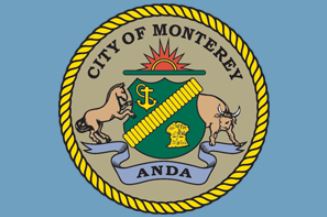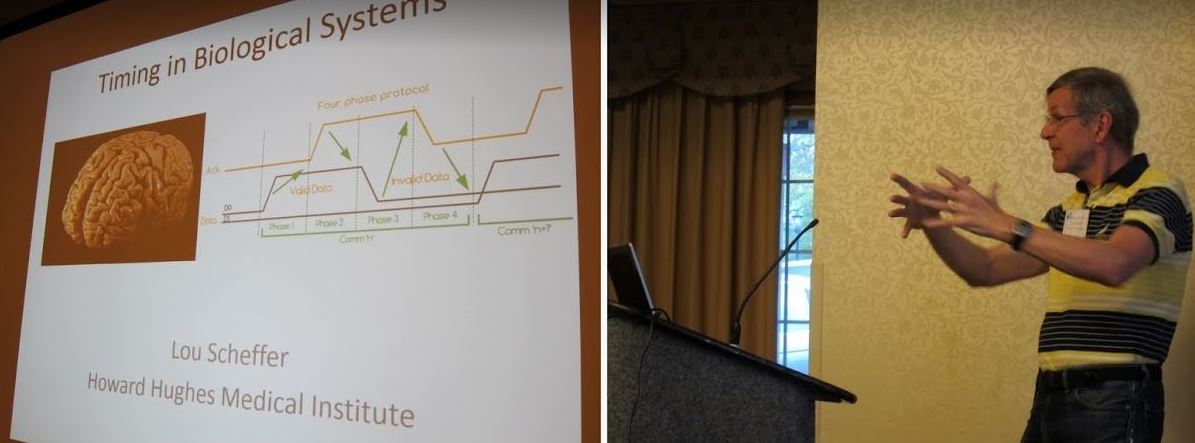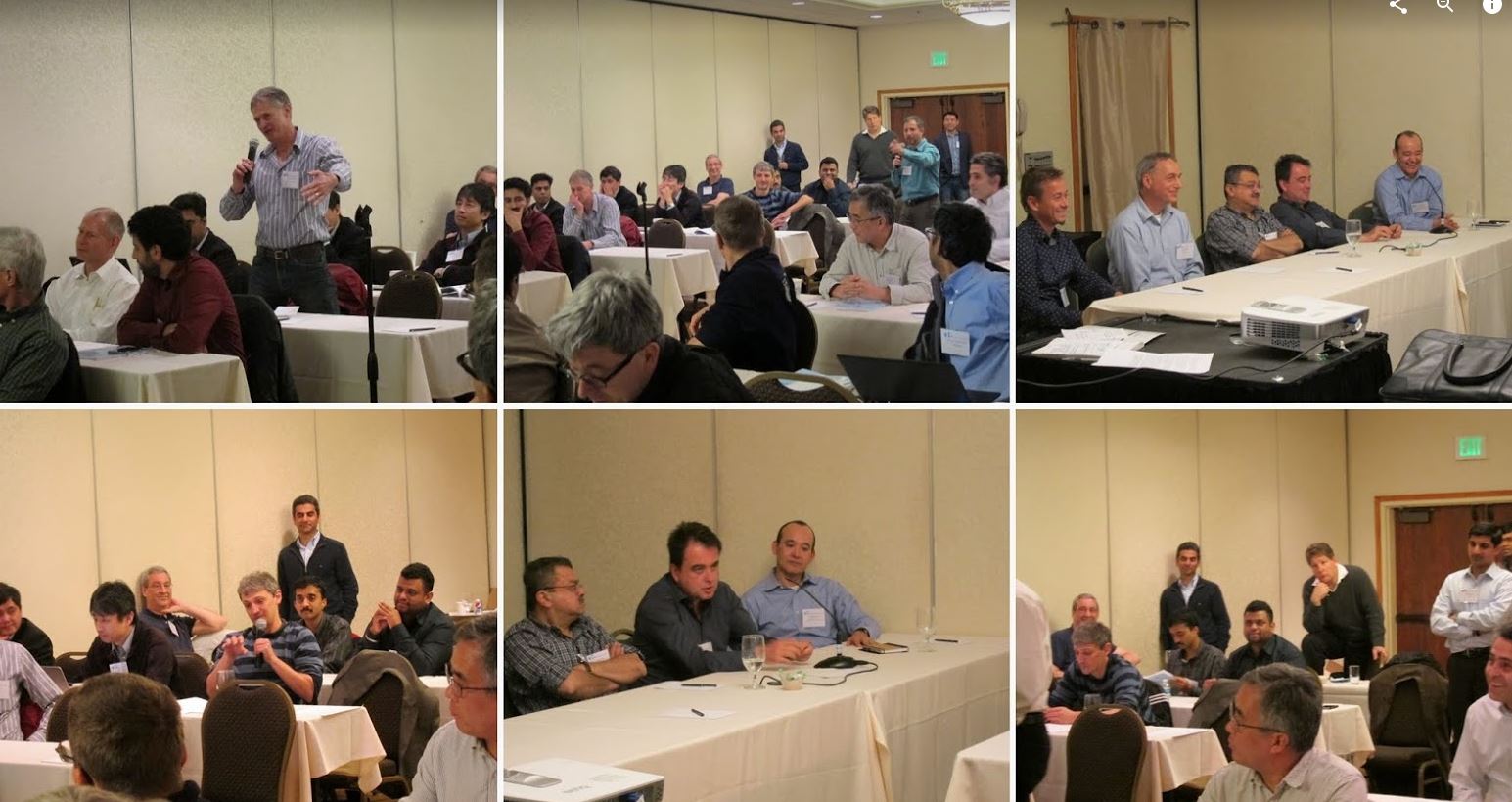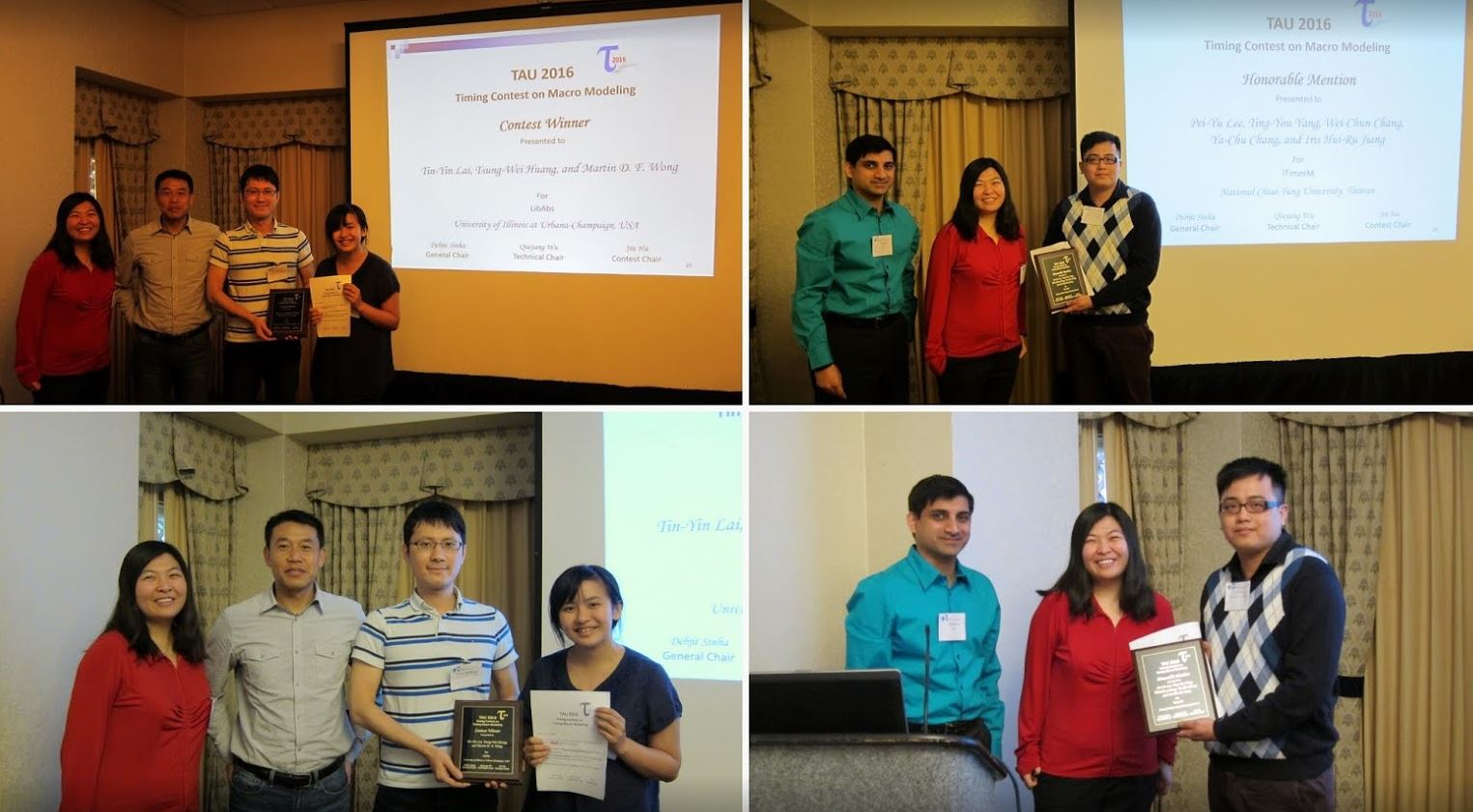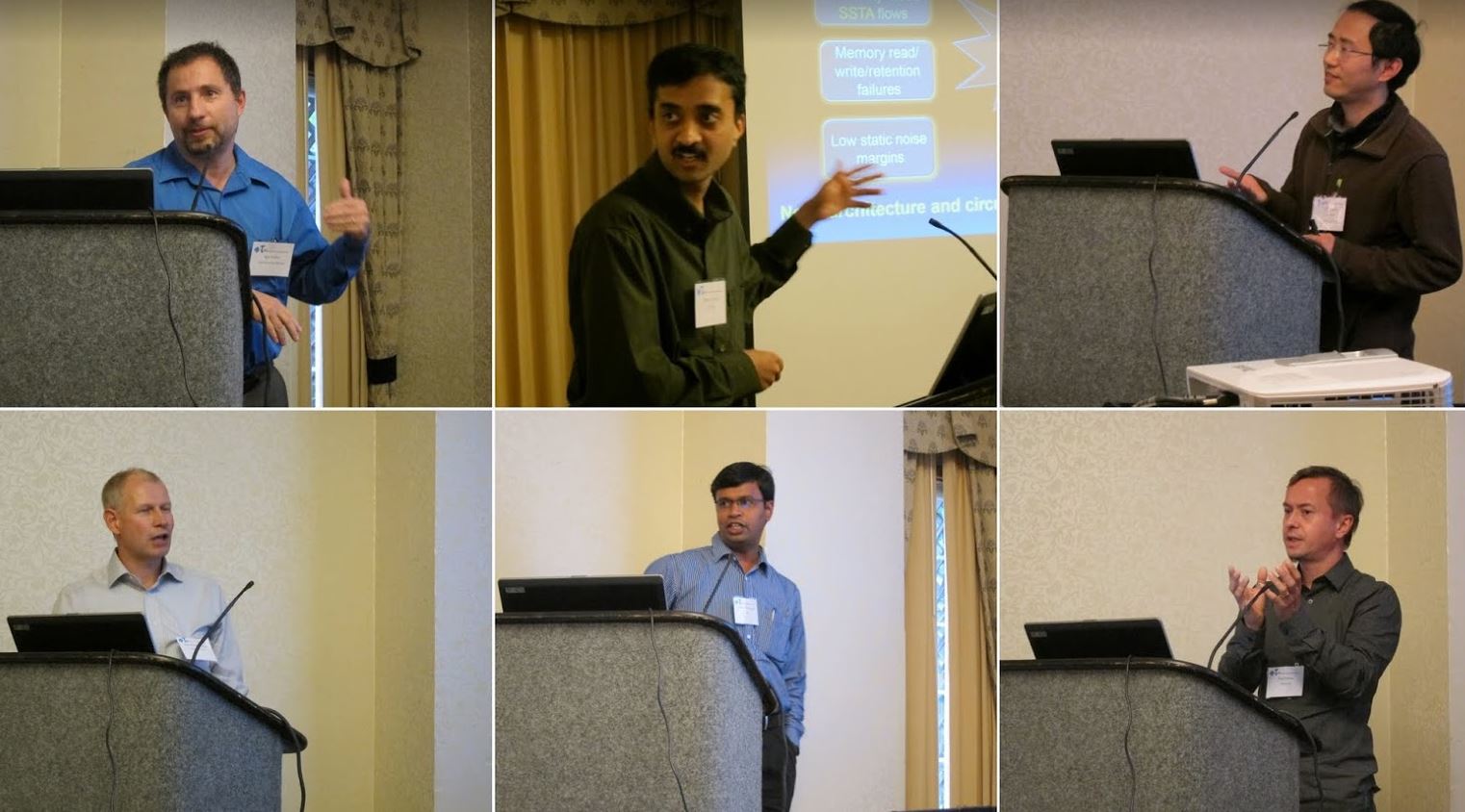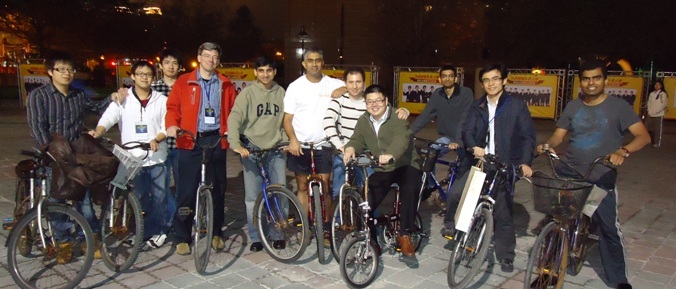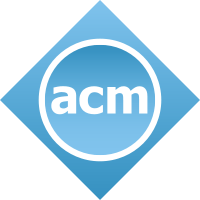TAU 2018 timing contest topic:
Efficient generation of timing reports from an STA graph with updated arrival and required times.
[Contest
website]
It is well known to those who understand STA that core timing model is generated only once and timing report generation happens subsequently and sequentially as there are many different forms of reports that users need. Especially on advanced technologies, timing signoff has shifted from Graph-Based Analysis (GBA) to Path-Based Analysis (PBA) to avoid the pessimism. Generation of timing reports is a computationally intensive step and inherently complex since there are huge set of dependencies of one timing path on another. A typical user flow has 1000s of commands that request timing reports for a specific subset of paths. Therefore it is imperative that the timing tool has a highly efficient timing path reporting capability as that will enable faster design closure.
The TAU 2018 contest will focus on the reporting capabilities of a timing tool. The specific objective is to build a runtime and memory efficient timing path enumeration and reporting capability which allows user to generate top N critical timing reports on a specific cone of logic. The goals of this year's contest are:
- Increase awareness of timing path reporting and need for efficient parallel architecture to dynamically build requested timing paths;
- encourage parallel (multithreaded, distributed) approaches;
- Accurate timing path identification within the specified from/through/to parameters;
- Create an evaluation environment to measure the performance of path reporting capability;
Prior year contests
- 2017: Timing Macro-Modeling part 2
- 2016: Timing Macro-Modeling
- 2015: Incremental timing and CPPR
- 2014: Common path pessimism removal (CPPR)
- 2013: Variation aware timing
- 2012: Power grid simulation
- 2011: Power grid simulation

